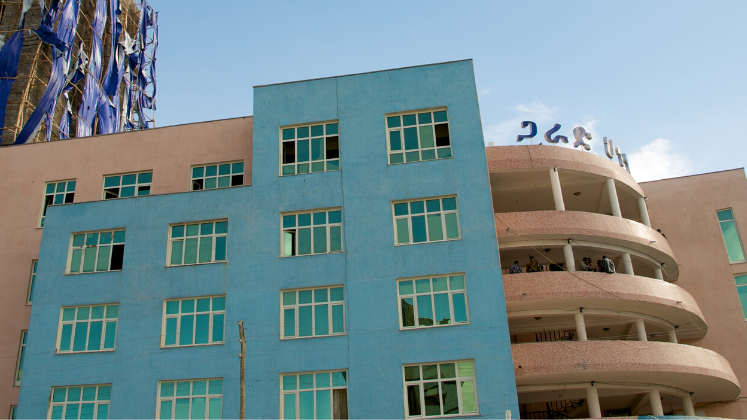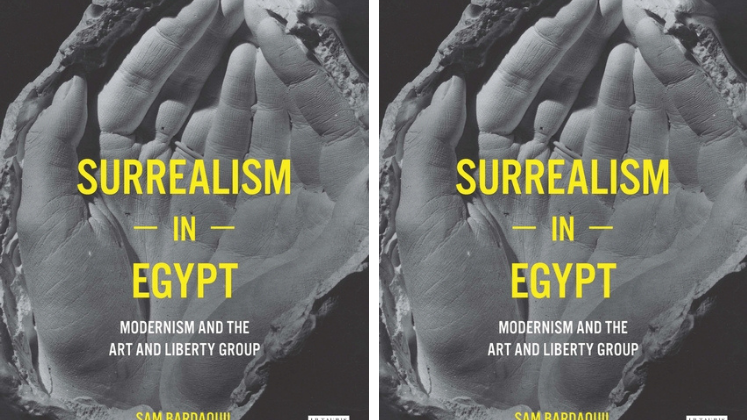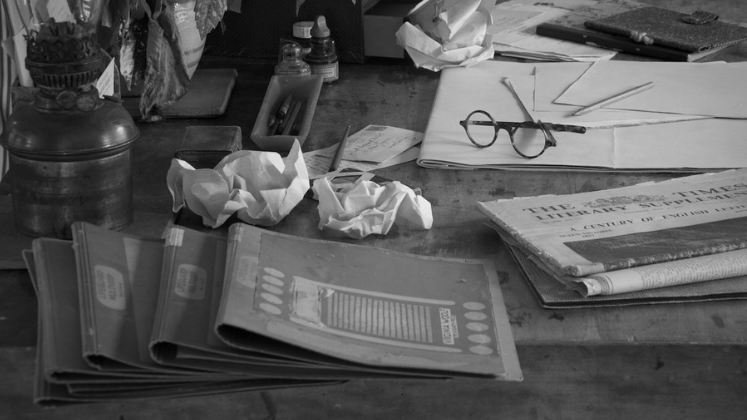The currents of modernism in Ethiopia are intimately connected to the broader colonial project and the international waves of modernist expression emerging from the experience of decolonisation. Modernist Art in Ethiopia, authored by Elizabeth W. Giorgis, presents a vital and under-documented history of these artistic movements, writes Jonathan Silver, and should become an important text.
This review was originally published on the Africa at LSE blog.
Modernist Art in Ethiopia. Elizabeth W. Giorgis. Ohio University Press. 2019.
 Modernist Art in Ethiopia makes an important contribution to historical understandings of pan-African artistic movements and visual culture through its detailed investigation, persuasive argument and richly written style. The author, Elizabeth Wolde Giorgis, is a former director of the Institute of Ethiopian Studies, currently a professor at the College of Performing and Visual Art of Addis Ababa University and involved in the Museum of Modern Art. In this well-illustrated book she has achieved a landmark study on Ethiopian modernism and experiences of modernity beyond the West.
Modernist Art in Ethiopia makes an important contribution to historical understandings of pan-African artistic movements and visual culture through its detailed investigation, persuasive argument and richly written style. The author, Elizabeth Wolde Giorgis, is a former director of the Institute of Ethiopian Studies, currently a professor at the College of Performing and Visual Art of Addis Ababa University and involved in the Museum of Modern Art. In this well-illustrated book she has achieved a landmark study on Ethiopian modernism and experiences of modernity beyond the West.
Giorgis has written an exhaustively detailed account, drawing on her longstanding archival work and capacity to convey the complexity of cultural, political and social history. The book places modernist art in Ethiopia within the extraordinary transformations and turbulence of the twentieth century up until the contemporary moment. Unlike, for instance, the much celebrated modernist architecture of Asmara built under Italian colonial occupation, the context of modernism in Ethiopia is almost unique across Africa given that the country remained independent for most of the colonial period. It is this particular historical and artistic context that illuminates much of the book’s intellectual enquiry. Giorgis asks:
If modernism initially came to Africa through colonial contact, what does Ethiopia’s inimitable historical condition—its independence save for five years under Italian occupation—mean for its own modernist tradition?
The author’s meditations on this question coalesce around the need to understand the currents of modernism in Ethiopia as intimately connected to the broader colonial project and the international wave of modernist expression that emerged from the decolonisation experience. It is this tension between exceptionality and what Giorgis (134) describes as ‘new forms of coloniality’ that animates much of the unfolding narrative. As such the book makes a critical contribution to pan-African debates about art, (post)colonialism and the experience of modernity through reflecting on the topographies of various artistic movements across shifting historical conditions. In doing so, the author demonstrates the importance of Ethiopia as a vantage point to survey the broader currents of Afro-modernity.

Image Credit: ‘Modernism in Makele’ by Overseas Development Institute licensed under CC BY-NC 2.0
The book opens at the close of the nineteenth century with the author offering a broad, detailed survey into the twentieth century while reflecting on the difficulties of uncovering these cultural histories, suggesting on page 68:
The lack of adequate material about mid-twentieth century artists such as Emaelaf and Agegenhu make it challenging to research their work thoroughly. The artworks that are available are few in number, since most are in private collections, outside the country or lost.
The author has fewer problems in documenting the wave of modernist ideas into the 1960s and the artists that followed through the Fine Art School, as Giorgis is able to draw on a wide-ranging group of thinkers from within Ethiopia and across Africa to articulate the immense potentials, experiments and cultural outputs being made. Giorgis dedicates a substantial part of the book to focus on the 1974 revolution, the abolition of the monarchy and the impositions of the military junta, called the Derg, which unleashed the Red Terror on the country, ushering in a period in which ‘literary and artistic values were deemed worthless’ (185). The onset of devastating famines led to artistic responses that, the author argues, generated ‘some of the most amazing imagines in modernism’s history’. The later sections of the book examine the contemporary era and the surge of artists including collectives such as The Dimension Group and the New Art Space Monastery that used art to grapple particularly with ‘the state’s fascination with “rapid development” […] that failed to accommodate the realities in which alterities transpired’ (257).
The range of visual material incorporated into the book is important, adding to Giorgis’s inspiring writing style and giving the reader a real sense of the vast, diverse artistic output that captured Ethiopia and its experience of modernity across the long twentieth century. Highlights include Belachew Yimer’s Battle of Adwa, celebrating the famous Ethiopian victory over the Italians at the end of the nineteenth century as the birth of the modern; Eyob KItaba’s Afalgugne (2017), capturing what Giorgis describes (277) as ‘the current massive disruption of urban space’ caused by the shock of capitalist urbanisation in recent decades; and Gebre Kristos Desta’s (1979) haunting In the Third World, which Giorgis argues (134) ‘conveyed the intricate dialectics of trauma and the aftermaths of genocide’.
Overall, the book presents a vital and under-documented history of the experience of modernity and the artistic movements surrounding modernism, coming from a unique place that will appeal to a wide-ranging readership and is likely to become an important and treasured text.
Note: This review gives the views of the author, and not the position of the LSE Review of Books blog, or of the London School of Economics and Political Science.







